How to Start an E-Commerce Business (Step-by-Step)? A Comprehensive Guide
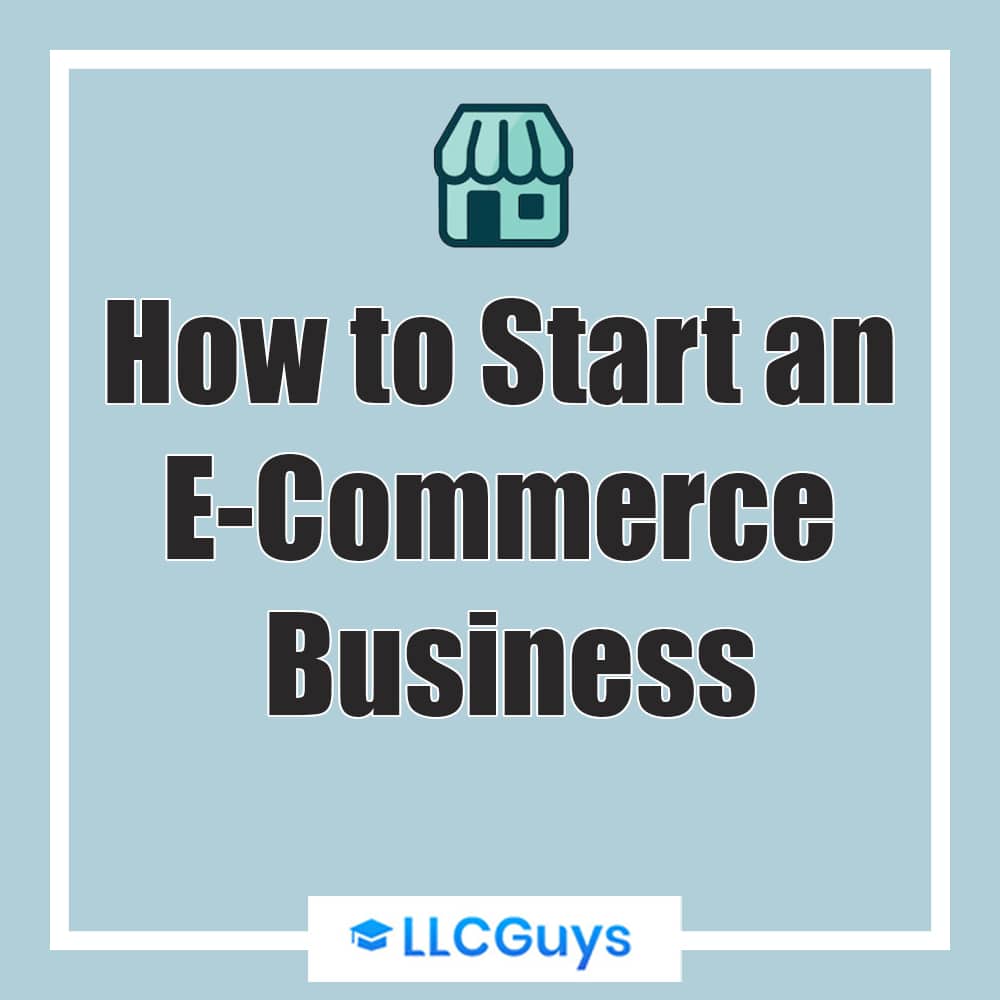
Learning how to establish an e-commerce firm, like any other business, isn’t always simple — but setting up, creating, and managing websites where entrepreneurs, designers, and artists of all kinds can sell their products is now easier than ever.
From retail behemoths like Amazon to Etsy artisan sites, ecommerce enterprises — which are businesses that send goods, services, and cash via the internet — range in size and breadth. Over the last five years, numerous categories have experienced significant development, including online purchasing. According to a US government assessment, According to the Census Bureau, e-commerce sales in the United States totalled $154.5 billion in the third quarter of 2019, accounting for 11.2 percent of all retail sales in the country.
Starting an e-commerce firm may make sense depending on your objectives. E-commerce firms, after all, provide greater flexibility, affordability, and potential for many entrepreneurs because they do not require a physical site. So, how can you get started with an internet business? This handbook is here to assist you.
Starting an e-commerce firm might be the correct decision for you if you’re seeking for a business concept. You can now buy almost anything online, from t-shirts to automobiles. All you need is a product concept and a mechanism to obtain that thing in order to sell and distribute it.
- Overview of Ecommerce Business
- 7-Steps Guide for Starting an E-Commerce Business
- Step 1: Research the E-Commerce Market and Identify Your Target Market
- Step 2: Decide on a Business Name and Legal Structure
- Step 3: Obtain an EIN
- Step 4: Obtain Business Licenses and Permits
- Step 5: Create Your Website Using an e-Commerce Platform
- Step 6: Find or Create Items You Intend to Sell (and keep track of them)
- Step 7: Promote Your Online Store
- What is the Cost of Starting an e-Commerce Business?
- Starting an Ecommerce Business: Bits of Advice
- FAQ: How to Start an E-Commerce Business
- In conclusion
Overview of Ecommerce Business
E-commerce businesses sell a variety of items through their own website or through third-party sites like Amazon. The corporation may develop its own products or purchase them from a manufacturer or wholesaler. The items are then profitably sold and transported to clients.
Entrepreneurs with an e-commerce firm have far more flexibility than those with a brick-and-mortar store. Some of the primary advantages include not being bound by set working hours and being able to sell to clients all over the world.
Dropshipping is another technique to enter into the world of e-commerce if you don’t know what things to offer or the inventory cost is too expensive. Dropshipping allows you to sell things online without ever having to acquire inventory until the buyer makes a purchase from your website. The maker or distributor sends the product straight to the client once it has been sold.
Industry Developments
The e-commerce business exploded during the epidemic in 2020, and online purchasing is projected to continue to grow for years to come as the virus fades. E-commerce is growing globally as internet connection becomes more ubiquitous.
Target Audience
The product you’re selling will determine your target market.
Employable Skills, Experience, and Education in an Ecommerce Business
To start an e-commerce firm, you’ll need a number of particular abilities.
- Experience. You don’t have to be tech-savvy to work here, although it helps. SEO knowledge is also incredibly beneficial.
- Business expertise and knowledge. You should have a basic understanding of marketing, finance/accounting, and human resources.
7-Steps Guide for Starting an E-Commerce Business
We’ll break down how to establish an e-commerce business into seven easy stages so you have all the knowledge you need to get your online store up and operating quickly.
There are some significant differences between beginning an e-commerce firm and launching a brick-and-mortar business, but there are also some commonalities. Many of the planning and legal processes you’ll need to take will follow the same approach (more or less) as any other business, as we’ll detail below. When it comes time to launch your firm, though, you’ll be surprised at how different it might be.
Step 1: Research the E-Commerce Market and Identify Your Target Market

Conducting appropriate research is the first step in learning how to establish an e-commerce firm.
You’ll want to explore the e-commerce field you’re interested in and make some judgments about your unique business, just like you would if you were opening a restaurant and looking into different locations, cuisine selections, and themes.
Consider what your e-commerce firm will provide, for instance. Are you planning to offer goods or services? Are the items you’re selling physical or digital? Where will you get your supplies? Along similar lines, consider the sort of business strategy you want to use – will you sell individual goods, bundles, subscriptions, or something else?
During this process, you should also consider the big picture: how will you deliver your products or services to your customers? What will your initial launch costs be? Are there any legal or other rules that apply to your product or service that you should be aware of?
These questions, among others, will be crucial at the start of your firm and will assist you in developing and writing your business plan. This technique will help you better understand your unique objectives and how you plan to achieve them. Finding your specialization, especially in the e-commerce market, is a key component of this phase.
Although the expansion of the e-commerce market is beneficial to individuals learning how to start an e-commerce firm, it also means that there is more competition. You should do competitive analysis and identify a market in which you believe you can create your brand and sell items and services.
Step 2: Decide on a Business Name and Legal Structure
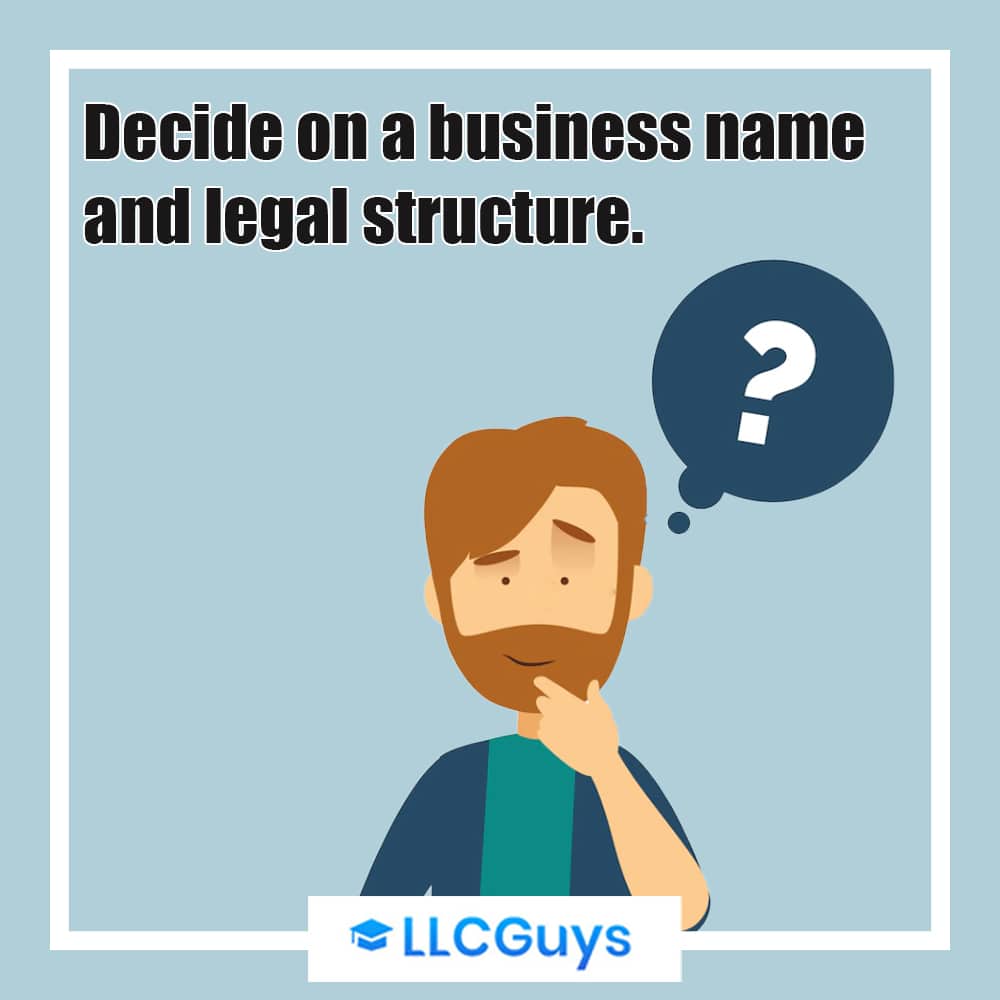
After you’ve finalized your e-commerce company strategy, the following step is to pick a name. You will want a name that is both unique and clearly identifies what your company is or does, just like any other firm. You should check the websites of your local secretary of state and the United States Department of State. Check with the Patent and Trademark Office to be sure your business name is not already taken by someone else.
Although you will not want to spend too much effort on a website just yet, it’s worth checking to see whether the domain name for your possible business is accessible. If your domain name is already used, try using an alternative business name or structure, such as “yourbizname.net” instead of “yourbizname.com.”
Next, decide on the legal structure of your company. Your choice of company entity will have significant legal and financial repercussions for your e-commerce firm. You can form a single proprietorship, general partnership, limited liability company, or corporation. Each of these entity kinds has advantages and disadvantages, so you may want to seek legal guidance from an attorney or another legal professional to determine which is the best option for your company.
If you want to skip the hassle of starting an LLC yourself, consider using professional help for the best price in the market:
You won’t have to register in the state where you’re doing business if you create a sole proprietorship or general partnership. Instead, your business will be legally connected with your personal name, which means that if you wish to operate under the name you’ve selected, you’ll need to file a DBA application with your local government.
Step 3: Obtain an EIN
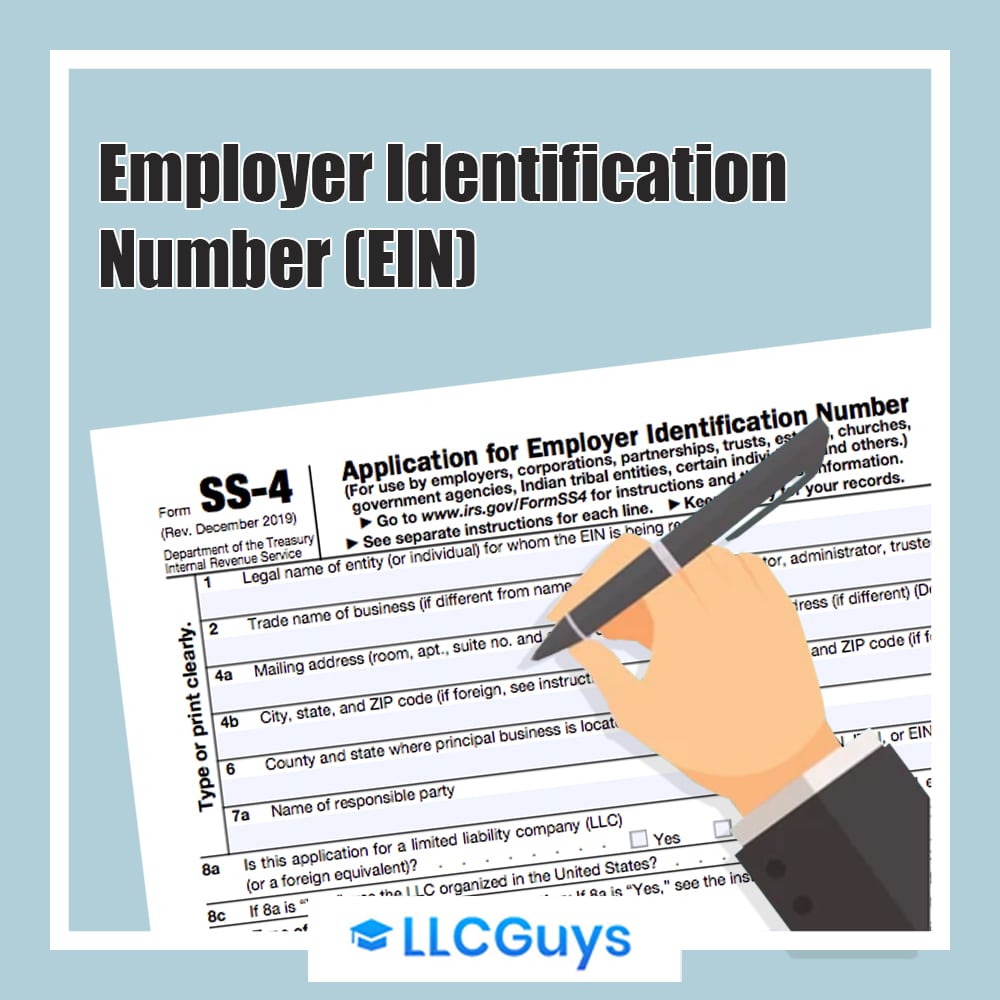
For your e-commerce firm, you’ll need to apply for an EIN, or employer identification number. Although not all company entities are obliged to acquire an EIN, this nine-digit number can help you keep your personal and corporate money separate. Furthermore, you may obtain an EIN from the IRS for free by applying online, via mail, fax, or by phone. Because you’re learning how to establish an e-commerce firm, you’ll probably want to apply for this business tax ID online, and you’ll have your number very immediately.
Step 4: Obtain Business Licenses and Permits
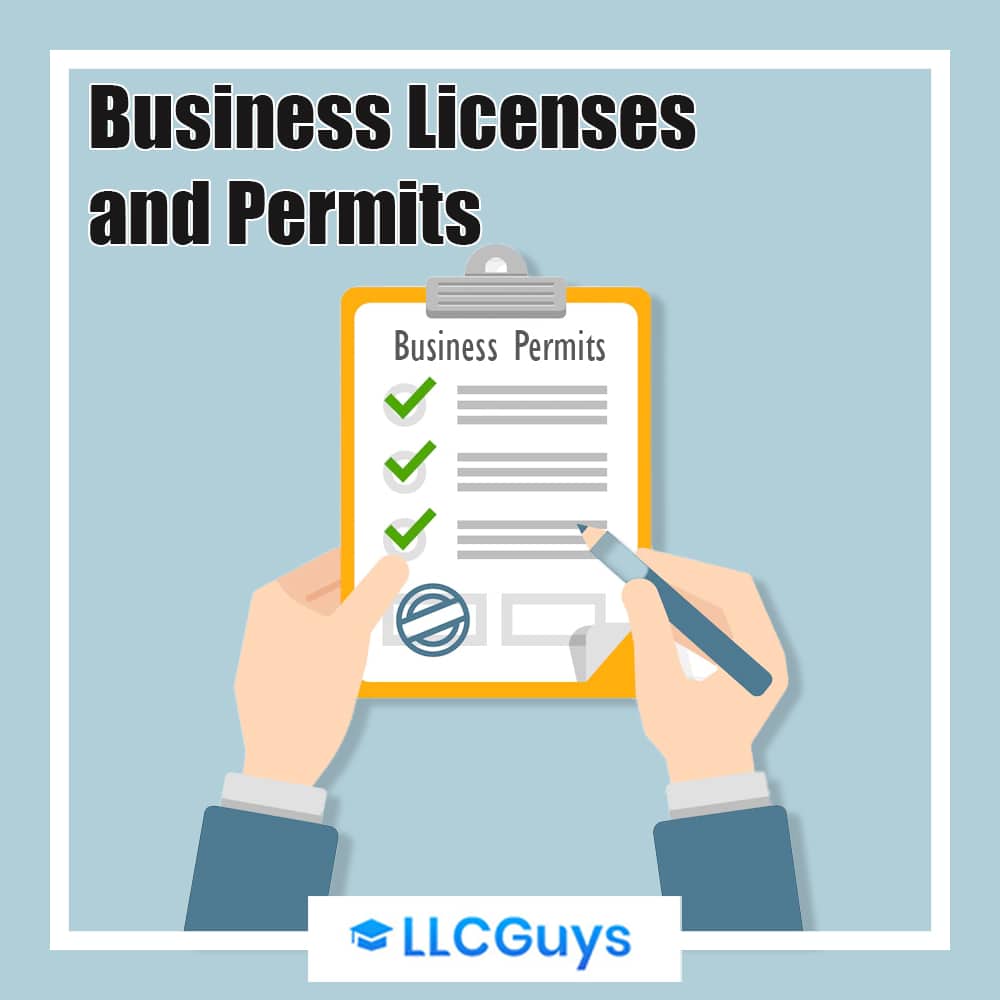
Following your EIN application, you’ll need to secure any business licenses or permissions required to operate lawfully in your city and state. You don’t need to register your e-commerce firm with the state if you’ve formed it as a sole proprietorship or general partnership, as we discussed above — unless you’re filing a DBA to legally operate under a certain business name. However, you must register your firm with your state and obtain a general operating license for the other business entity categories. You may also need to obtain a municipal operating license, depending on where your firm is located.
Most e-commerce enterprises do not require as many business licenses and permissions as brick-and-mortar establishments because they are operated from home. You’ll need to figure out what the precise criteria are in your region, which you can generally find out by visiting your state or local government’s website. Most places, for example, require home-based company owners to get a home occupation permit in order to lawfully operate. This form of permit simply certifies that conducting your company from your house does not result in increased traffic, noise, or other undesirable conditions.
You may also require the following sorts of business licenses and permits:
- Certain industries require professional and trade licenses.
- Tax exemptions permits.
- Permits for health, safety, and the environment
- Signage permits.
- Permits for construction and building.
Step 5: Create Your Website Using an e-Commerce Platform
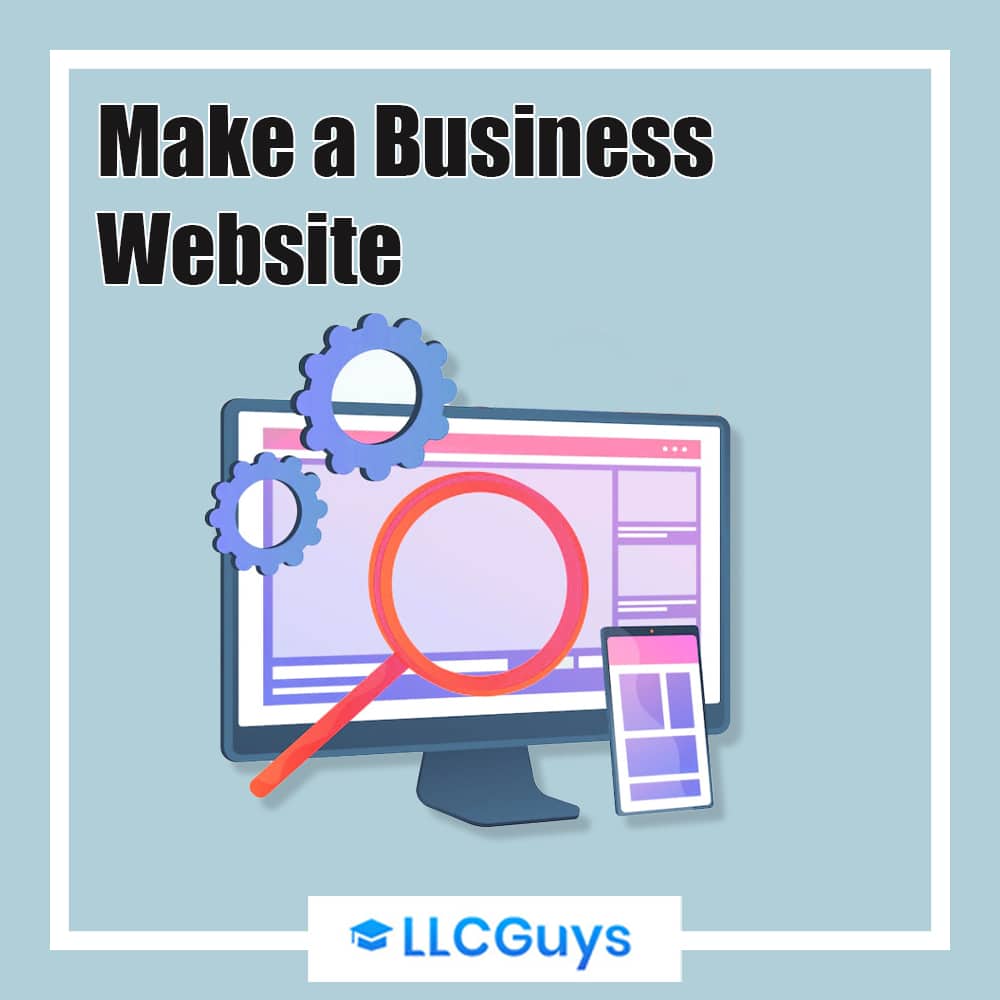
You’ve finished the documentation necessary to register and legally start your e-commerce firm at this stage. The bulk of our steps thus far have paralleled the process of beginning a physical firm in this way. Instead of looking for a place and planning to open a physical store, you’ll instead focus on building your website and online store.
This website, like a real shop, will be the face of your company – it will be the first thing your consumers see and will be used to browse and purchase your items or services. With this in mind, one of the most crucial aspects of launching your e-commerce business will be developing your website. As you construct your online storefront, keep the following items in mind:
As previously said, you must first consider your domain name. Your domain name should (at the very least) be similar to your company name. Along these lines, and maybe most importantly, you’ll need to choose an e-commerce platform. Your e-commerce platform, whether it’s all-in-one software like Shopify or an open-source platform like Magento, will be the foundation on which you construct and develop your online business.
Most e-commerce systems let you modify your design, add your domain (or buy one), manage inventory, take and dispatch orders, accept payments, and more.
Although there are hundreds of these platforms on the market, you could choose to start your e-commerce business with one of the following popular options:
- Shopify
Shopify, maybe the most well-known and popular e-commerce platform, provides a comprehensive, user-friendly solution with a number of add-ons. Shopify subscriptions are available in four different options, starting at $9 per month for Shopify Lite (which does not contain a full web store).
- WooCommerce
If you already have a WordPress site up and running or are familiar with the technology, you can use WooCommerce to start selling on it. This plug-in is open-source, free to download, and comes with a comprehensive set of e-commerce functionality. WooCommerce, on the other hand, is best suited for business owners with some technical experience who want to take advantage of its open-source nature.
- Squarespace
Squarespace is most recognized for its contemporary layouts and as a website builder. It also has e-commerce features. Squarespace offers two eCommerce-specific plans: Basic for $26 per month and Advanced for $40 per month.
Squarespace, like Shopify, is easy to use and can accommodate company owners of various technical skill levels. However, because Squarespace is primarily a website builder, it may not have as many features, tools, or add-ons as some other options.
- Magento
Finally, if you want complete control over every part of your online business, the open-source version of Magento could be the way to go. You can change any aspect and design your site with this e-commerce platform, but you’ll need technical knowledge (or pay for it) to do so.
Although this platform isn’t ideal for newcomers to e-commerce, if you have the technical know-how or the funds to hire a developer, you’ll discover that Magento has the most features of any open-source solution on the market — and it’s free to download.
As you can see, there is a lot to consider when picking the ideal platform for your e-commerce business, and there are a lot of factors to consider. Cost, functionality, usability, and other factors should all be considered; ultimately, as the backbone of your e-commerce firm, you’ll need a working system that allows you to get up and running and manage your operations on a daily basis.
After you’ve determined whatever option is best for you, the following step is to customize and launch your site. Consider how you want your online store to be arranged, the design you want to use, the colors you want to use, and so on.
You may either build and publish your website yourself or hire a professional designer or developer to help you, depending on your platform and budget.
Step 6: Find or Create Items You Intend to Sell (and keep track of them)
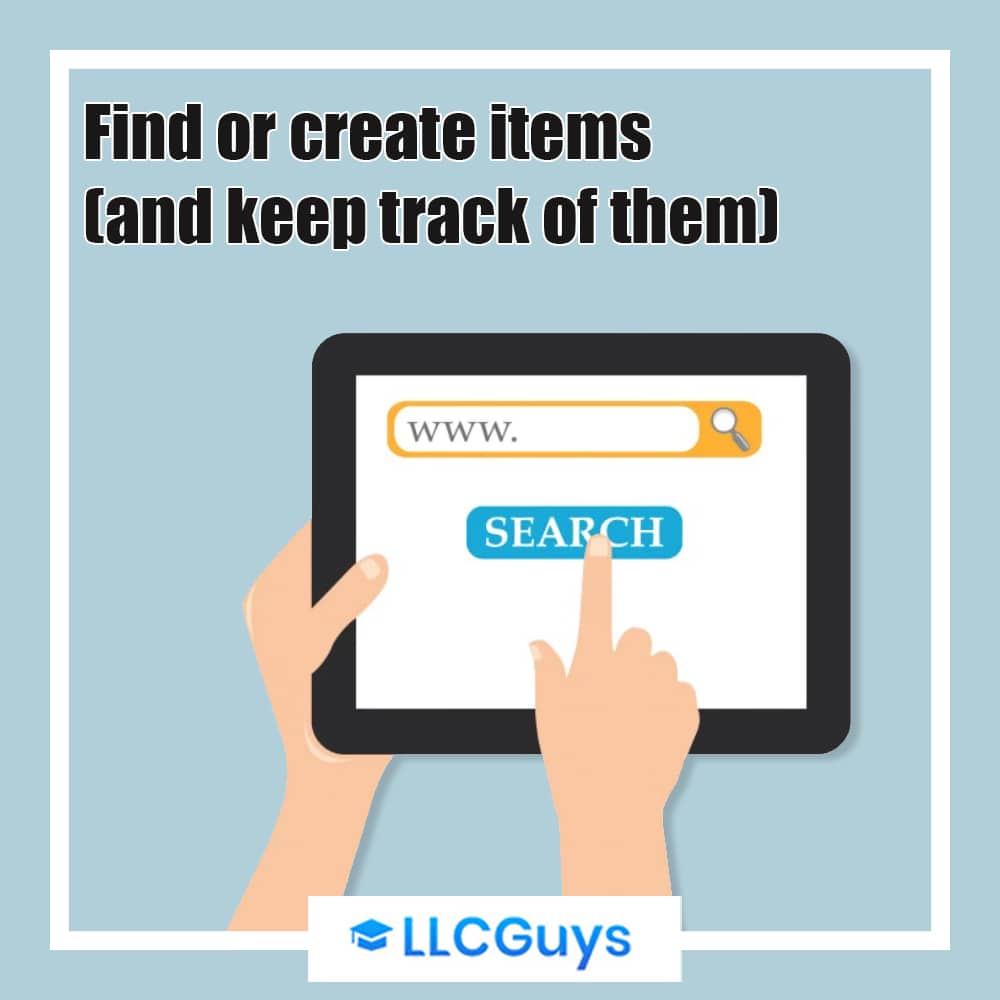
You’re almost done with the process now that you’ve picked your e-commerce platform and launched your website. You’ll need to source the things you’re intending to sell at this stage. When you did your research in step one, you should have already thought about how you’re going to approach this procedure. You may produce your own items, buy them from wholesalers, or — if you’re offering your own services, such as consulting, for example — just describe and list them on your company website.
If you’re selling things, as you might expect, this phase will be more difficult since you’ll need to think about how much inventory you’ll need to start, as well as what your initial expenditures will be. You’ll also want to take the time to list your inventory on your online store, considering the customer experience, SEO, and how the process will operate from the moment a consumer orders a product to the time they get it.
Step 7: Promote Your Online Store
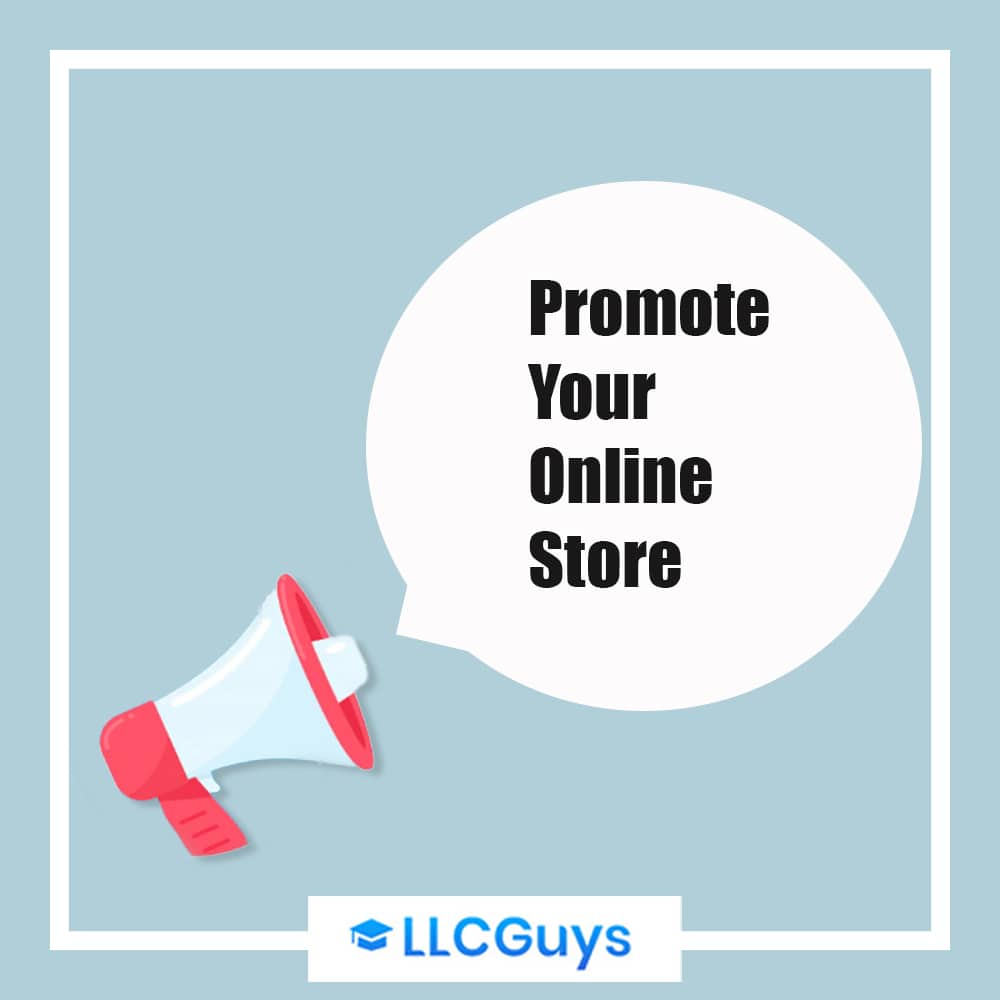
You’ve now mastered the art of starting an e-commerce firm. You’re ready to start servicing consumers now that your items or services have been prepared and posted on your online store, and your website is up and running. Of course, you’ll need to advertise your e-commerce firm appropriately to do this.
You may use a number of marketing tactics, including Google AdWords, social media ads, word of mouth, and others. At the most basic level, you’ll want to optimize your business website for SEO and use any online marketing tools that your e-commerce platform provides.
You’ll want to keep track of which marketing methods are working and which aren’t after your e-commerce firm is up and running and you start receiving orders — especially if you’re investing money in them. You’ll be able to figure out how much it costs to establish an e-commerce firm as time goes on.
So, now that we’ve covered all of the stages for starting an e-commerce firm, you might be wondering about one essential factor: cost. As you might expect, beginning an internet business saves you money on a range of expenditures connected with brick-and-mortar establishments – rent, property insurance, furnishings, and so on. Adjust and vary your marketing plan to see what works best for your business.
What is the Cost of Starting an e-Commerce Business?
So, now that we’ve covered all of the stages for starting an e-commerce firm, you might be wondering about one essential factor: cost. As you might expect, beginning an internet business can save you money on rent, property insurance, furnishings, and other expenses connected with brick-and-mortar establishments.
Although it may be simpler to establish an e-commerce firm on a shoestring budget, there are still a lot of expenses to consider. It’s tough to estimate how much your e-commerce firm will cost to start, as it is with any business. The sort of e-commerce firm you start, the software or platform you use, and how you source your items, among other considerations, will all influence your initial expenses.
With this in mind, you’ll probably want to plan ahead of time for your budget and keep track of all of your spending as you go. You should think about the following costs in particular:
Although it may be tempting to pick cheaper e-commerce builders and other tools, as Roxanne King, owner of The Holistic Mama e-commerce site, points out, certain additional expenses are unavoidable and some are worth investing in. King, for example, employs additional Shopify applications such as an auto-ship tool and up-sell pop-ups that cost an extra $50 per month but are well worth the money.
Starting an Ecommerce Business: Bits of Advice
Establishing an e-commerce firm, like starting any new business, may be intimidating and frustrating at times. You’ll have access to a range of entrepreneurs and company owners as a member of the online selling community, and they’ll almost certainly be eager to share their advice and best practices to assist you as you get started. We asked Roxanne King, owner of The Holistic Mama, to share three of her success ideas with us:
1. Start simple
After a pregnancy and years of problems with preservative-laden commercial treatments, King, a prolific healthy living writer, began making and refining her own natural skincare products at home in 2011. She didn’t make the leap from giving away her handmade cleansers as presents to selling them at farmer’s markets and online until a few years later — this was the start of her e-commerce business.
Although she credits her tiny beginnings for her future success — she was able to fine-tune the process of selling and shipping before going on to larger-scale selling — because she eventually required a more useful and safe platform, she now utilizes Shopify.
2. Share your company through numerous platforms
King credits having a blog “accidentally” two years before establishing her store with helping her business get off the ground, and advises others to do the same.
“I had so many followers that when I initially provided a product, people already trusted me,” she explained.
Sharing your business, or brand, on social media platforms like Facebook, Instagram, Twitter, and Snapchat may be very beneficial when you’re just getting started with your e-commerce firm. These types of early marketing are completely free and may be used to tease and generate anticipation for impending releases or product announcements.
3. Make an investment in multichannel selling
Whole Foods as well as King’s extended store site now carry her Holistic Mama items. She also sells some of her items as a third-party vendor on Amazon. Small company owners that sell on their own website as well as Amazon, which is sometimes viewed as a rival, are just covering all bases.
There are also other advantages to selling through a larger platform like Amazon, such as the ability to test whether your product will be as popular as you anticipate, lower shipping rates if you use Fulfillment by Amazon frequently, and a built-in trust factor that often facilitates customer purchases on the Amazon marketplace. Some customers are still skeptical of online purchasing, but they have faith that an Amazon-approved merchant will deliver their product on time.
Although having your own shop and vision is essential when establishing an e-commerce business, you shouldn’t rule out leveraging larger platforms to boost your sales and brand recognition.
FAQ: How to Start an E-Commerce Business
What is the cost of starting an e-commerce business?
The following are the average costs associated with starting an e-commerce firm.
– $100-$50,000 for an e-commerce website
– $1,000 for initial inventory +
– $500 – $1,000 in shipping supplies
– Initial promotion for your website, such as Facebook advertisements or SEO (search engine optimization) $500-$1,000
Is an e-commerce business profitable?
Profit potential is practically limitless, and revenue will be determined by your product and the number of individuals that visit your website.
Having enough cash to consistently invest in inventory is crucial since many websites make a considerable amount of revenue around the holidays. Many items are ordered from overseas producers, which might take 3-6 months to arrive in your warehouse, adding to cash flow issues. Failure to pay attention to sales patterns might result in out-of-stock items.
Are there any subsidies available to help you launch an e-commerce business?
Finding a grant to establish an e-commerce firm is incredibly difficult. You will come across a lot of frauds and disinformation if you look for small company grants. When a group offers funds to establish a business, be wary and don’t disclose any sensitive personal information or pay money to learn more.
Grants.gov lists legitimate federal grants, and you may also check with your state’s economic development office to see if they have any.
What is an e-commerce company’s NAICS code?
Electronic Shopping and Mail-Order Houses is the NAICS code for an e-commerce company, which is 454110. Electronic auctions, book clubs, home shopping, direct mailers, and other sectors use this code.
The NAICS code (North American Industry Classification System) is a federal classification system that is used to gather and publish statistical data on various sorts of organizations.
In conclusion
There are numerous benefits to starting an e-commerce business rather than a brick-and-mortar one: the initial investment is much lower, you can start small or large, and your online store can operate 24 hours a day, seven days a week for customers all over the country (or the world, if you’re willing to ship that far). It’s also more easier and less expensive to grow operations if necessary, making e-commerce all the more appealing to ambitious entrepreneurs.
There are, however, critical actions and expenditures to be made if you want your company to become an online success story. Keep your e-commerce website in compliance with tax rules, secure the required permissions, invest in client retention and communication, and don’t forget to design a mobile-friendly platform: King claims that 60 percent of her sales are made on mobile devices.
Finally, King offers this piece of advice to aspiring e-commerce entrepreneurs:
“With e-commerce, you really need to build trust because people aren’t seeing you in person… so they might be skeptical. The good news is that it’s easier than ever to build trust with blogs and social media; give them an inside look at your life and your business, and they’ll want to support you.”


